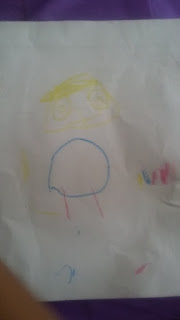The Early Learner is Our Future: Articles and Books on Developmentally Appropriate Practice
The Early Learner is Our Future: Articles and Books on Developmentally Appropriate Practice
My blog will have information on how children develop. It is very important that we as educators shape and mold the beginner learner with positive learning experiences because children need to have a solid foundation in their early years in order to be prepared for the higher levels of education. It begins with their parents, teachers, caregivers and many other individuals that come into a child's' learning world


